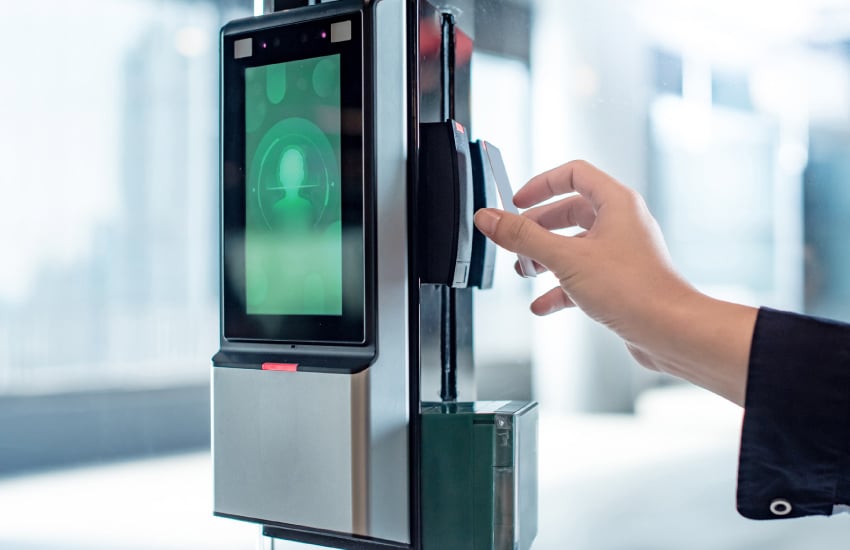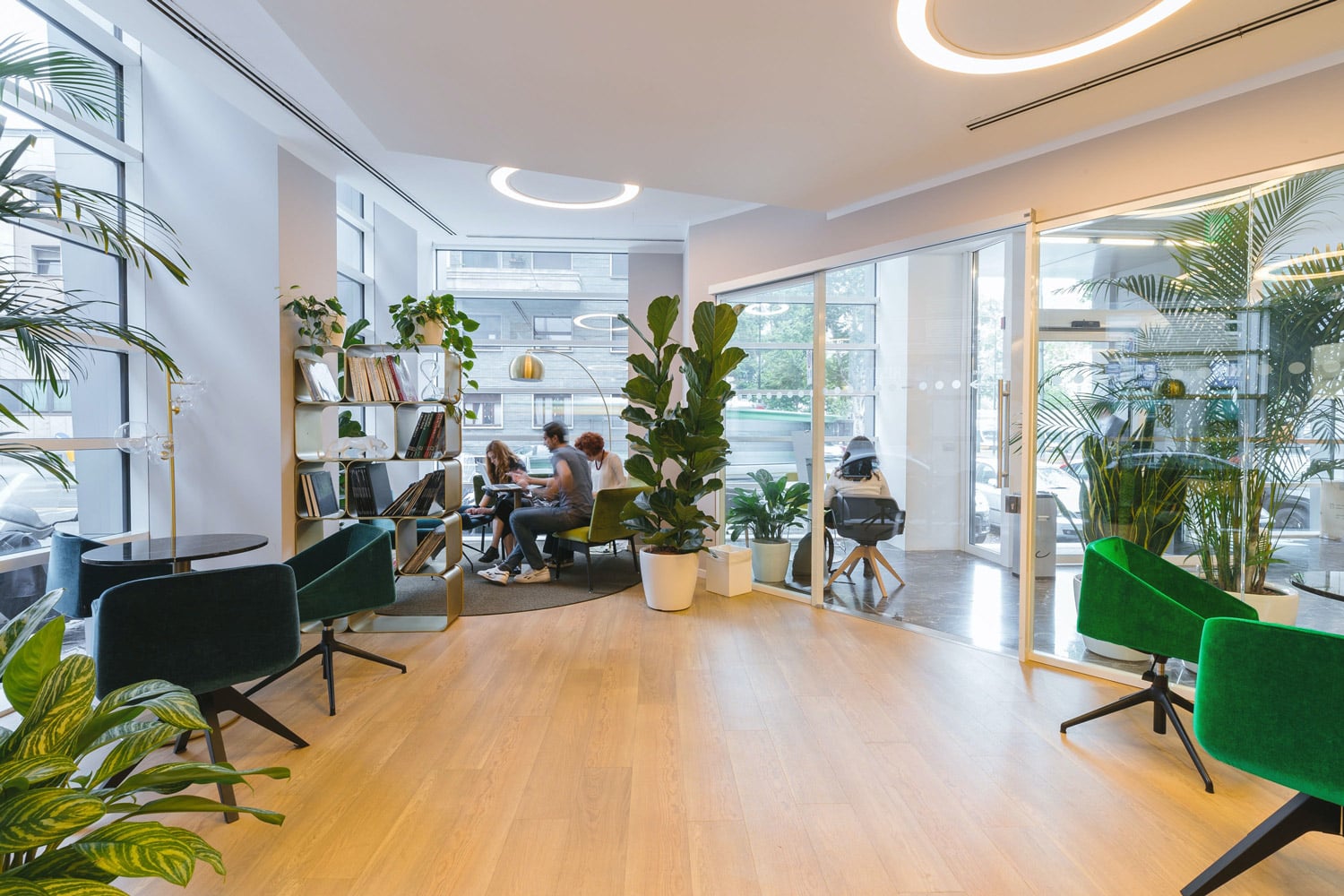
Alberto Rodríguez Galdo
In this article:
From privacy & security to transforming legacy buildings, we address the most frequently cited concerns around smart buildings.

Smart buildings are certainly not suffering from an image problem. In fact, by 2027, the smart building market is predicted to be worth a staggering $127.09 billion – the result of an expected CAGR of 12.2% over the next six years.
Today, there is some evidence of a smart building revolution taking place. Karvesvingen 5 in Oslo, Norway, for instance, is one of the world’s smartest buildings, with almost 6,000 sensors measuring energy, indoor climate, and the flow of people, while a smartphone app is used to manage access, lifts, lighting, and other functions. Elsewhere, many governments are exploring the possibilities surrounding smart cities, with the European Union funding a number of projects.
Nevertheless, many facilities managers and business owners still seem unsure of how exactly they can embrace their own smart building projects and protect their assets within them. In this post, we collect some of the most frequently cited concerns and reservations expressed during our customer discussions, and we hope to clear away any hurdles preventing you from realising your smart building ambitions.
Protecting your Privacy
Q. Do smart buildings represent an invasion of my privacy?
A. It is standard practice in Smart Building projects for all data to be encrypted and anonymised.
Data is only stored when absolutely necessary. Take the example of a Smart Hospital, where patient data is required for a specific medical procedure. In this situation, a Building Management System should not collect nor store this kind of personal data. In addition, any professional provider of smart building solutions should be aware of both local and global regulations around data privacy. For example, when it comes to facial recognition (a common concern among customers), data cannot be stored within the European Union, and it is only be used in the instant that it is collected – e.g. for building access, locating staff and for public safety issues like complying with COVID restrictions.
Security & IoT
Q. Are smart building systems secure or am I exposing my valuable business data to external threats?
A. It is true that anything exposed to the network may be breached, including the IoT sensors in your building. However, it is possible to secure your environment to protect your data and business from potential threats.
Nowadays, you can find smart building providers that are secure by design. This means that everything they do, all the connectors, communications and databases they employ, will be encrypted and monitored. Penetration testing to simulate cybersecurity threats is held periodically for every application in order to check for possible vulnerabilities. In our own testing, we recently discovered two major vulnerabilities while checking smart building applications, which we were subsequently able to fix. Regular testing helps to keep smart building projects secure.
Legacy Buildings
Q. My building is old. Is there any way to make it ‘smart’?
A. The short answer is yes. Even older buildings can be fitted with smart solutions
Legacy systems can be integrated and made to communicate with each other by building a process layer on top. Of course, this is not always straightforward and additional investment may be necessary depending on the requirements of the particular smart solutions that you are looking to implement. However, you should never assume that smart buildings are only for new construction projects.
The Smart Building Market
Q. I don’t know where to begin with planning my smart building project. Who should I buy from?
A. As the number of smart solutions increases, building owners may want to rely on system integrators to identify opportunities where third-party solutions can work together to facilitate the creation of a truly smart building.
The smart building market is fragmented and expanding rapidly. There are tons of IoT devices and sensors on the market and there is currently not much standardisation. This diversity gives building owners a lot of choice – but too much variety can be overwhelming. As the number of smart solutions increases, building owners may want to rely on system integrators to identify opportunities where third-party solutions can work together to facilitate the creation of a truly smart building. Expertise and advisory support are recommended. Here at Getronics, we take that stress away by helping you choose the right technology with our “secure-by-design” approach built in.
Integration is at the heart of everything we do at Getronics. From enabling smart sensors that locate patients in hospital buildings to automating an entire office environment in Singapore, we have the experience of tackling the hurdles that prevent organisations from transforming their built environment into something truly extraordinary. Our secure-by-design approach and our experience working with buildings old and new mean we can turn your challenges into opportunities. Find out how Getronics can transform your building today.




